TL;DR: Learn how to connect your application to Substreams using WebSockets and access real-time blockchain data with lightning speed.
In the dynamic world of dApp development, connecting your application to a Substream can often be a challenging task, especially for developers with limited Substreams experience.
In this blog post, we’ll explore how Samuel Papineau, a developer at Pinax, simplifies the process using WebSockets.
What’s the problem?
Working with Substreams poses a steep learning curve and can be challenging to set up, especially for those with limited experience. To address this, we’ve developed a solution called Substreams Sink WebSockets, which offers you seamless data transfer between Substreams and your application.
Why WebSockets?
WebSockets offer us real-time data transfer, low latency, and create an ideal environment for developers with varying Substreams expertise. Our WebSockets leverage the Bun WebSockets API, built with uWebSockets, boasting speeds that are 8.5 times faster than Fastify WebSockets and 10 times faster than Socket.io—two commonly used WebSocket libraries.
How does it work?
In our WebSocket solution, Substreams acquires data from the blockchain using Firehose endpoints, the Substreams sinks grab this data through a webhook, and finally, the WebSocket listens to the data sent from the webhook, transmitting it to the client. This real-time data flow ensures seamless integration and quick response times.
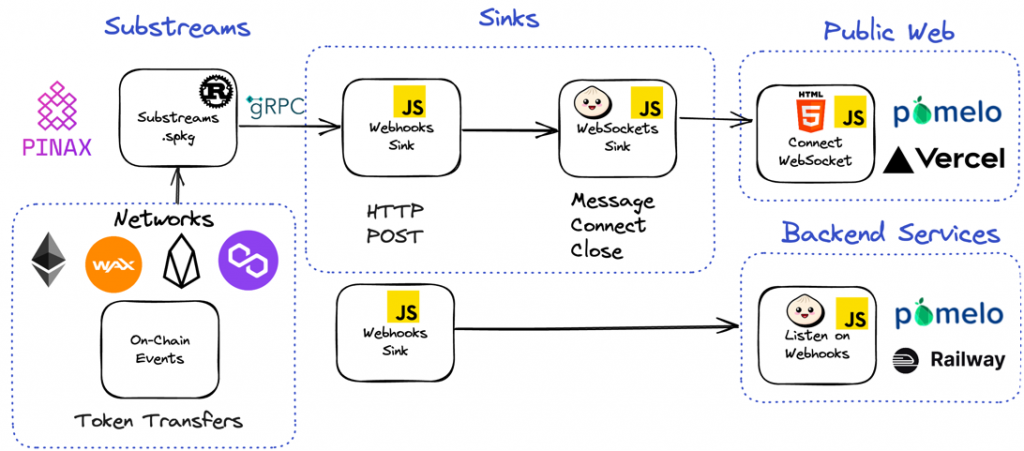
A quick demo
Let’s dive into a quick demonstration of our WebSocket API. Whether it’s pinging the server, subscribing to a connection, or checking the server time, it’s as straightforward as it gets. In a real-world scenario, your application would receive a continuous stream of data from the Substreams, keeping your content updated.
Future enhancements
We’re committed to continuously improving our WebSocket solution. Our plans include retrieving data based on the chain name, simplifying the connection process, and enabling access to past data, offering a more comprehensive and user-friendly experience.
Conclusion
Connecting your application to Substreams doesn’t have to be a daunting task. Thanks to Sam’s insights and the power of WebSockets, you can achieve real-time data transfer with minimal effort. So, if you’re a developer looking to enhance your application’s capabilities, give the WebSocket a try—it’s the simplest tool for connecting to Substreams. Happy coding! 😎


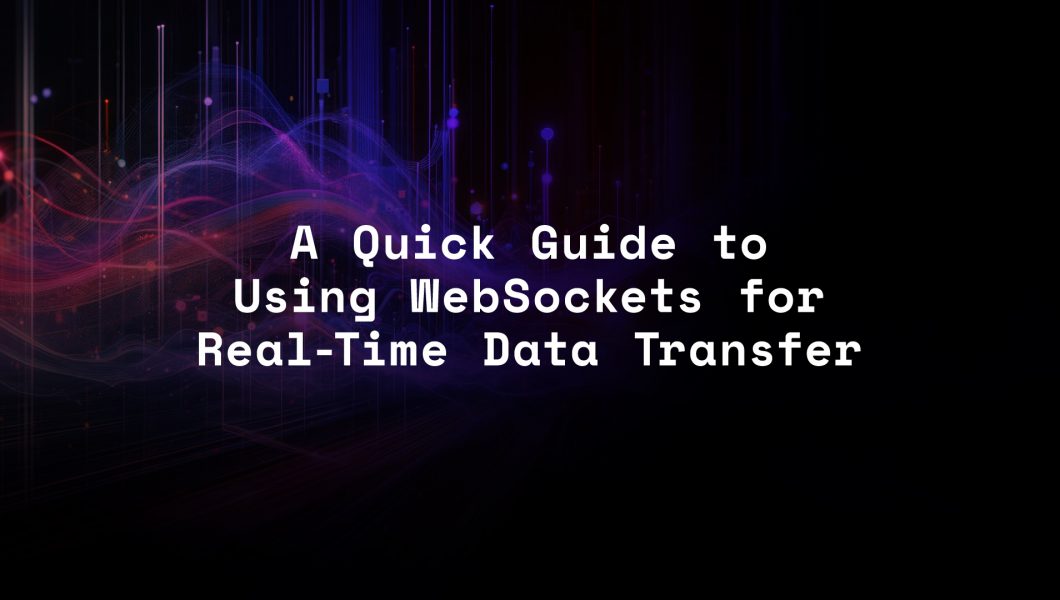


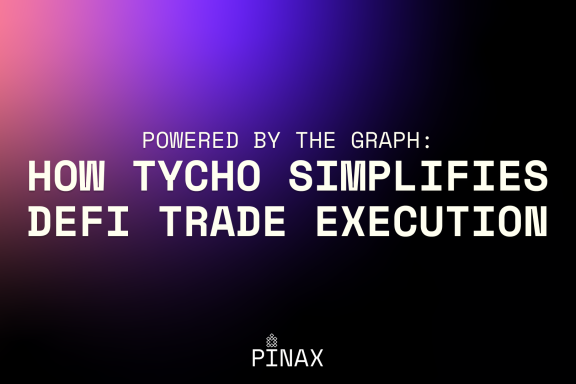
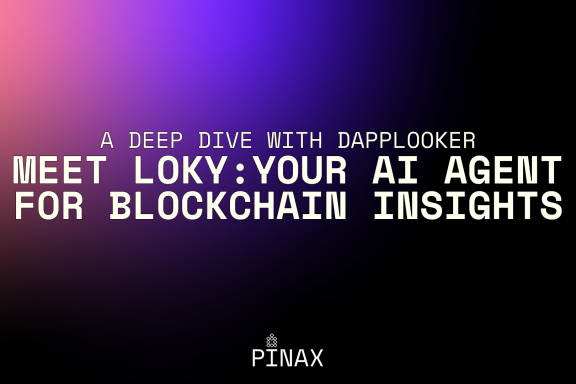
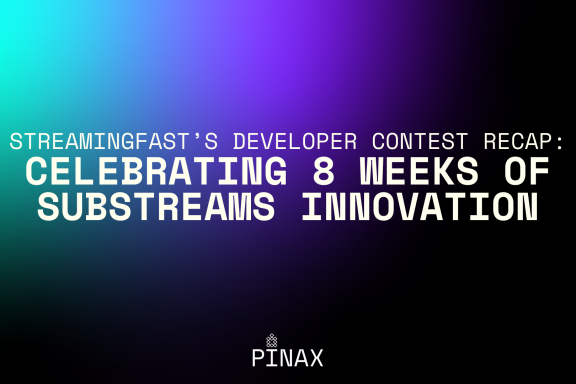
No Comments